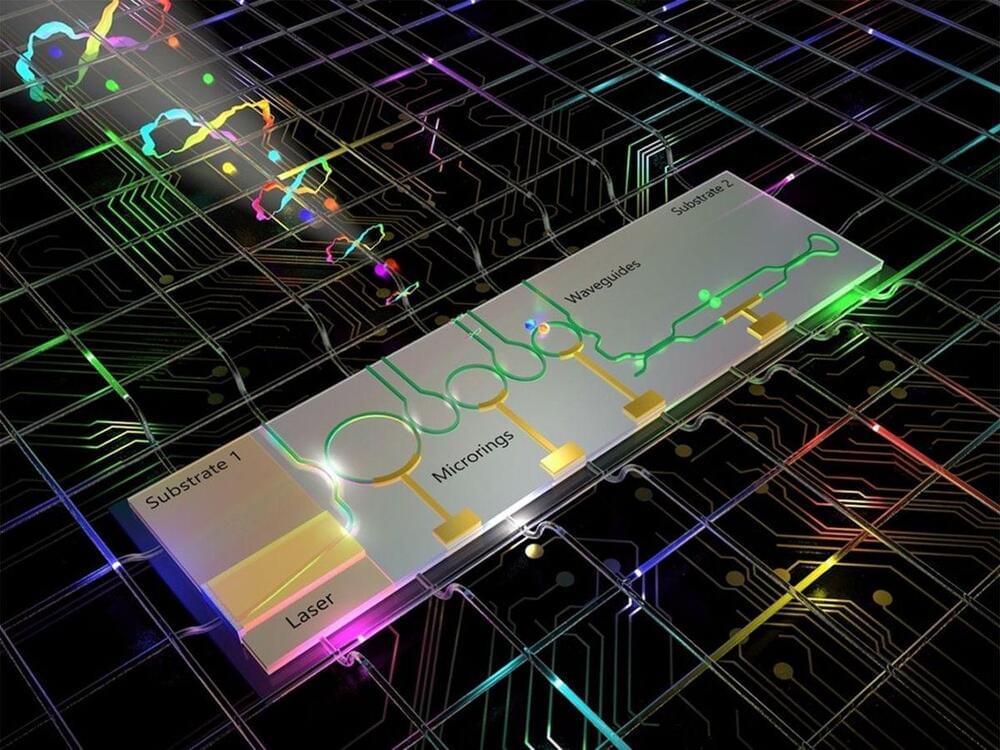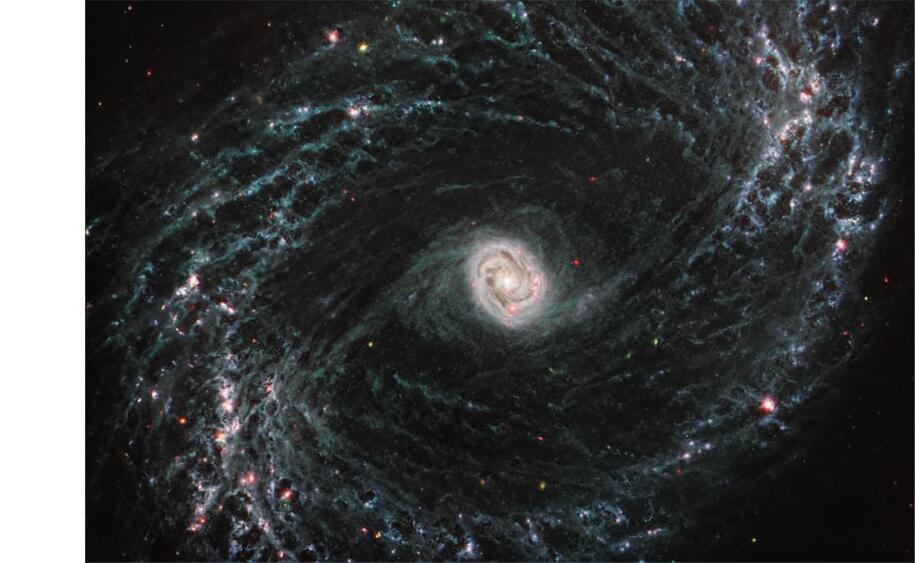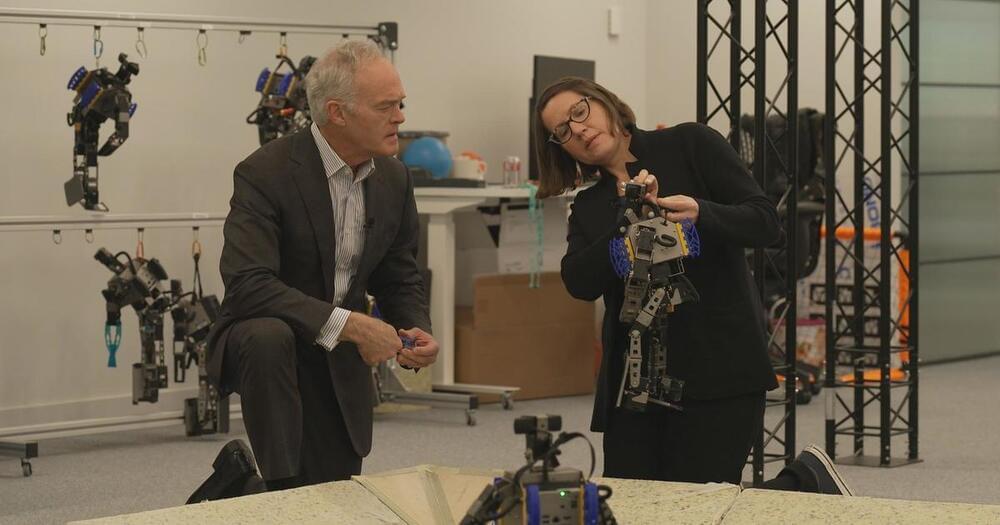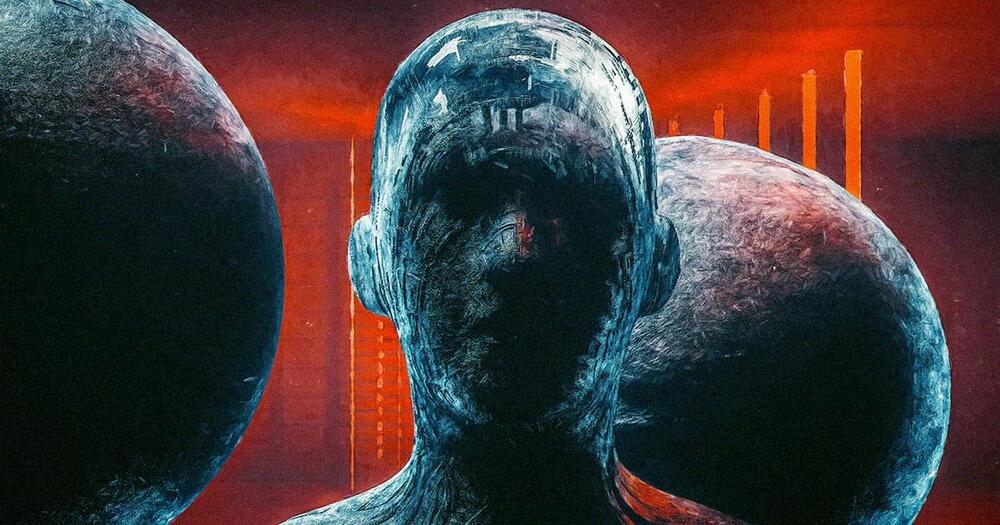A new approach shrinks quantum photonic technology to the size of a Euro coin.




The James Webb Space Telescope keeps finding galaxies that shouldn’t exist, a scientist has warned.
Six of the earliest and most massive galaxies that NASA’s breakthrough telescope has seen so far appear to be bigger and more mature than they should be given where they are in the universe, researchers have warned.
The new findings build on previous research where scientists reported that despite coming from the very beginnings of the universe, the galaxies were as mature as our own Milky Way.
An older article but something the world is facing just like in certain sci-fi movies.
The reference publication of the movement in the 80s, the Earth First journal, featured a column called Ask Ned Ludd, in reference to the mythical character that gave name to the luddites. Jones thinks that neo-luddites are in fact misreading the original luddites, but he believes that understanding the difference between the old and modern ones tells us a lot about the ideology of the latter.
“Luddites were not anti-technology: they were skilled craftsmen, involved in a labour movement aimed at keeping their machines and their jobs,” he says. “That’s very different from the neo-luddites ideas of relinquishing civilisation and [of] nature as the supreme good.” Jones thinks neo-luddism is fed rather by “the idea of technology as a disembodied, transcendent, terrifying force outside the human”, which emerged in the mid 20th century, with the bomb and the rise of large-scale computing.

The CEO of Alphabet-owned AI research lab, DeepMind Technologies, spoke about the potential of artificial intelligence in an interview with CBS’ “60 Minutes,” which aired on Sunday.
DeepMind CEO Demis Hassabis told CBS that he thinks that AI might one day become self-aware.
“Philosophers haven’t really settled on a definition of consciousness yet but if we mean self-awareness, and these kinds of things … I think there’s a possibility that AI one day could be,” he said.

It’s available on phones and now watches? That’s actually nice though I hope they make it battery efficient. The Pixel watch for example already has issues with battery life. I’m the future will there be a small AI server in our bodies in microchips or a network of nanobots?
ChatGPT is all the rage these days, but did you know you can get it on your watch? Here’s how to install it on a Galaxy Watch, Pixel Watch, and other Wear OS watches.

It is an unsettling moment. Critics argue the rush to AI comes too fast — while competitive pressure— among giants like Google and start-ups you’ve never heard of, is propelling humanity into the future ready or not.
Sundar Pichai: But I think if take a 10-year outlook, it is so clear to me, we will have some form of very capable intelligence that can do amazing things. And we need to adapt as a society for it.
Google CEO Sundar Pichai told us society must quickly adapt with regulations for AI in the economy, laws to punish abuse, and treaties among nations to make AI safe for the world.

An exploration not of human artificial intelligence and chatbots, but what alien civilizations might do with the technology to very different outcomes.
An exploration of Machine Natural Selection and the potential of an AI Apocalypse.
My Patreon Page:
https://www.patreon.com/johnmichaelgodier.
My Event Horizon Channel:
